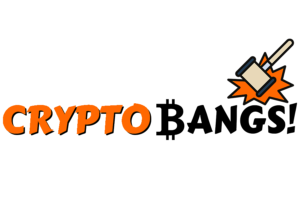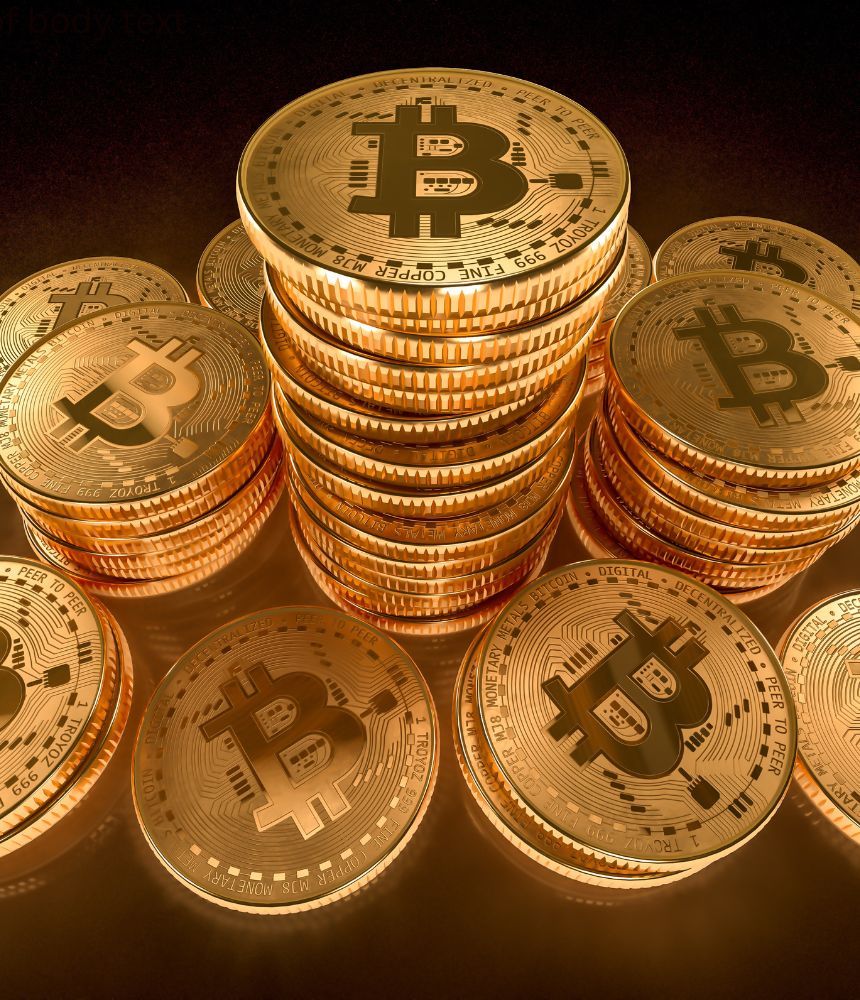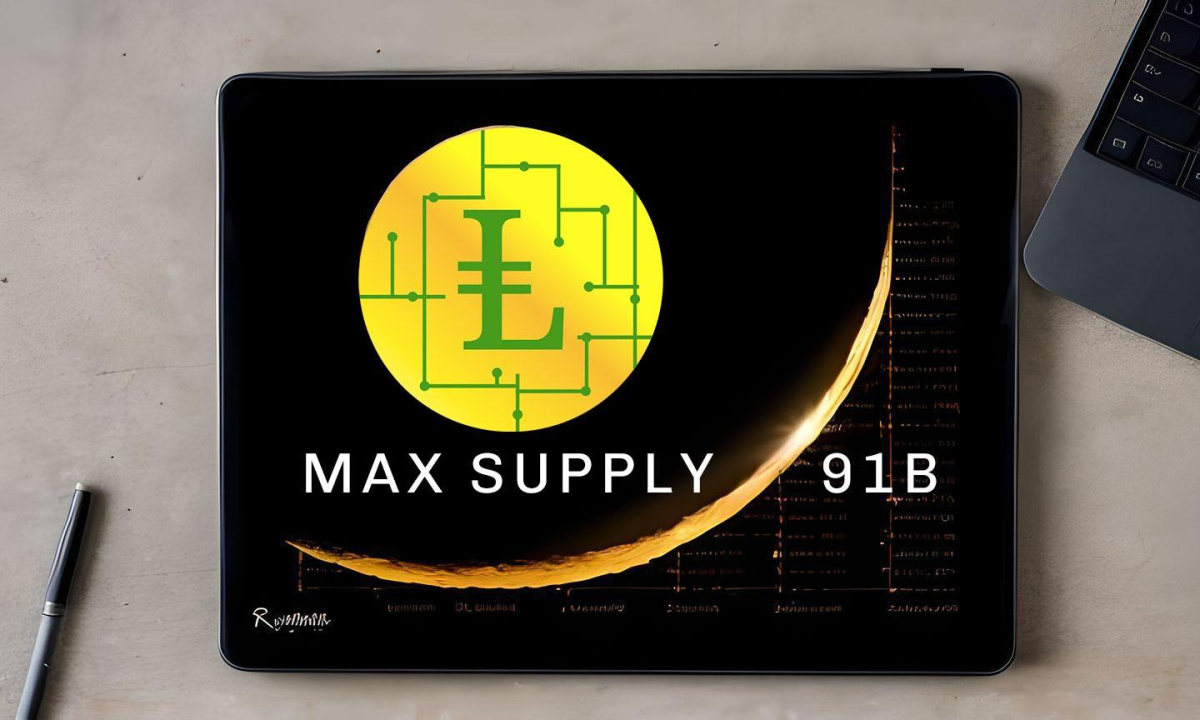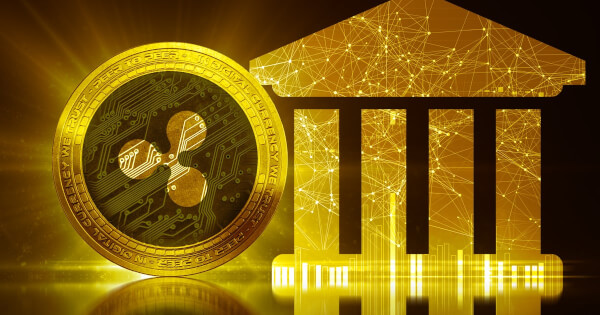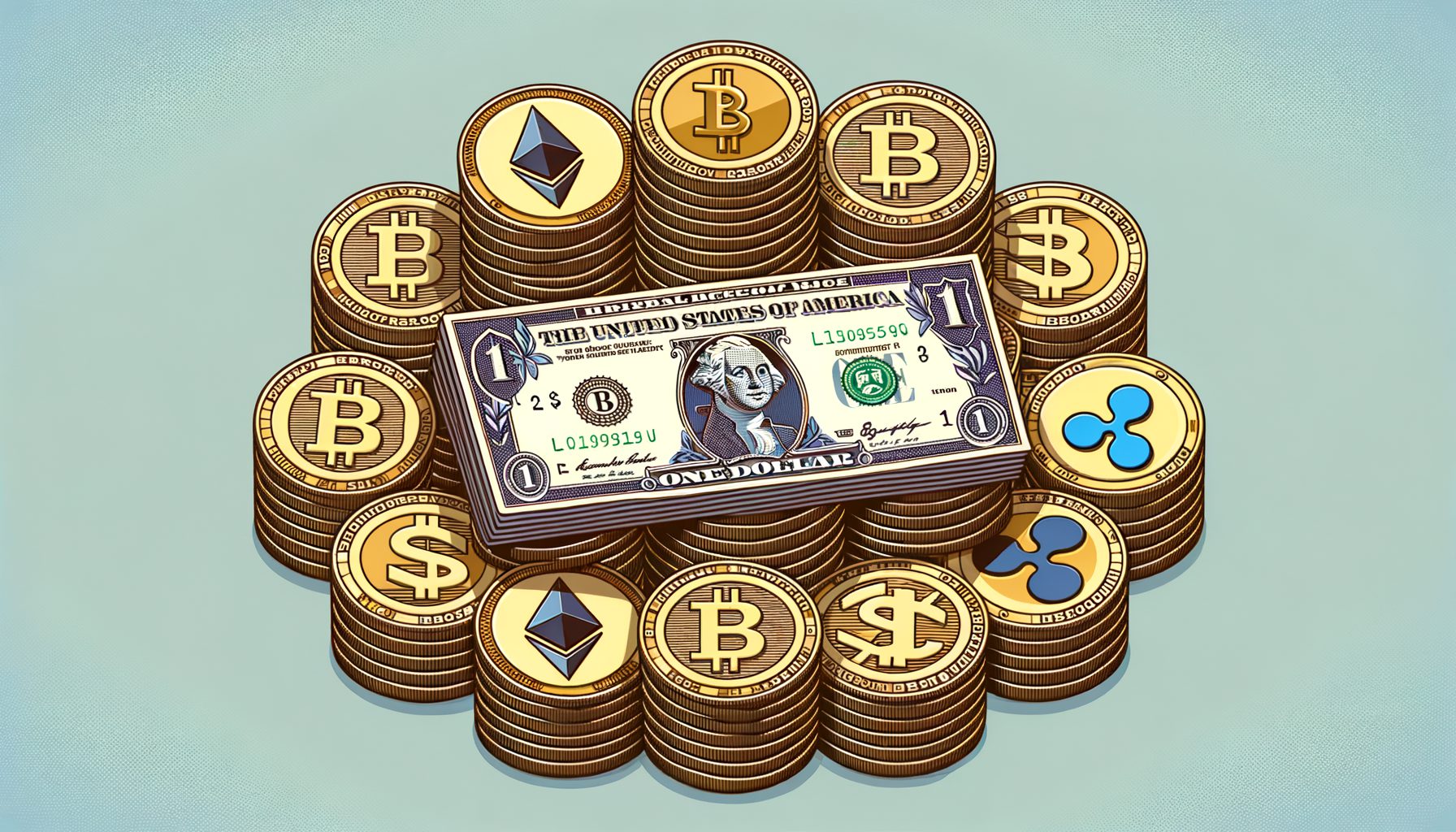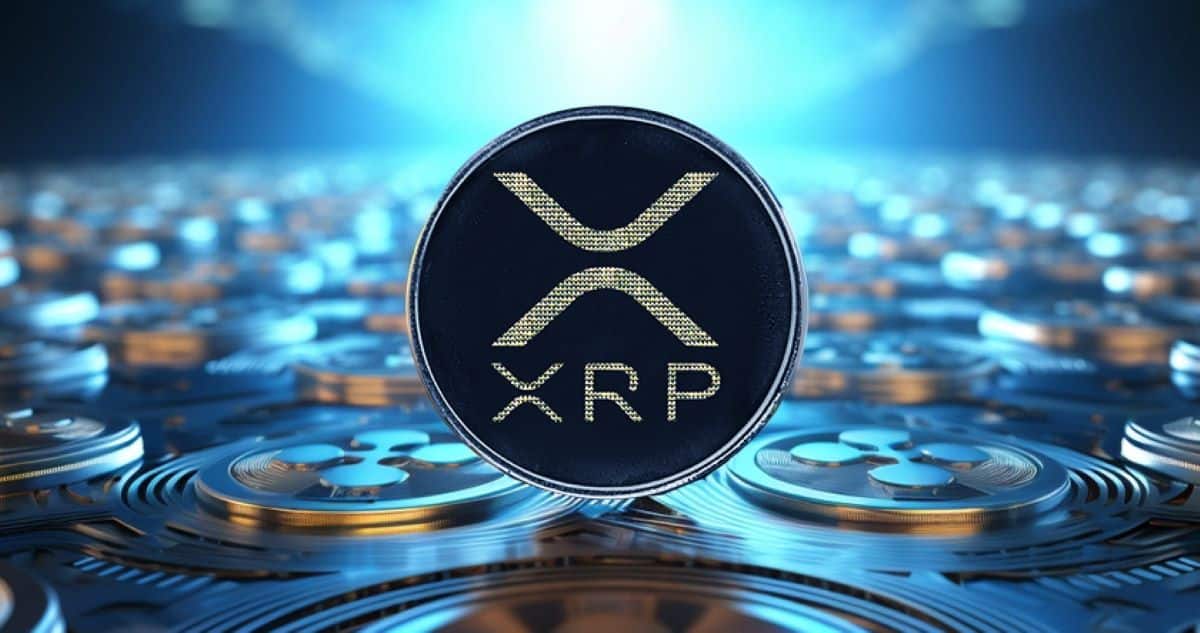Many people believe it was the approval of the first Bitcoin ETFs that sparked crypto’s bullish run in early 2024. They clearly enabled the flow of millions of dollars in capital from traditional finance into Bitcoin itself, but the crypto industry itself also created a lot of excitement with the arrival of Bitcoin’s Ordinals and Runes protocols, which were born out of the evolving “programmability” of the world’s oldest blockchain.
The Ordinals protocol came to life in January 2023, giving birth to a flood of Bitcoin NFTs that generated more than $20 million in daily trading volumes for the best part of that year. By the end of April, there were more than 67 million Ordinals inscriptions on the Bitcoin blockchain, and they had accounted for over 6,800 BTC in transaction fees for miners.
Runes are a more recent development, with the protocol only launching in April this year, yet they have arguably made just as big a splash as Ordinals have, generating an astonishing $135 million in fees within their first week of existence. That month, Runes’ transactions were estimated to account for almost 80% of all Bitcoin blockchain activity.
However, both Ordinals and Runes appear to be on the wane. Growth in the number of Ordinals inscriptions had screeched to a halt by the middle of the year, while activity relating to Runes has taken a nosedive, accounting for less than 5% of all Bitcoin transactions in June.
What are Ordinals and Runes?
The arrival of Ordinals and Runes on Bitcoin has created a lot of controversy, with many Bitcoin maximalists decrying the innovations for disrupting what they believe is the only pure and decentralized form of money in the world. However, there appear to be just as many supporters of these protocols, which dramatically enhance the utility of Bitcoin.
The updates were made possible by Bitcoin’s Segregated Witness or SegWit and Taproot upgrades, which were introduced in 2017 and 2021, respectively. With those updates to Bitcoin’s base blockchain layer, it has become possible to store more data within each block that the network produces.
Segwit and Taproot were designed to improve the efficiency of the Bitcoin network, and the Ordinals and Runes protocols are an unintended consequence of their introduction, taking advantage of the additional data space to introduce more programmability to Bitcoin assets.
Designed by the Bitcoin developer Casey Rodarmor, Ordinals have emerged as a kind of Bitcoin-native non-fungible token or NFT. These assets are stored as arbitrary data on individual satoshis, which are the smallest unit of Bitcoin. Runes, meanwhile, have become the unofficial standard for minting “fungible” tokens on Bitcoin. It’s similar to the ERC-20 standard, which makes it possible to issue alternative cryptocurrencies on the Ethereum network.
Sh*tcoins and Utility
Critics of the Ordinals and Runes say that they have ushered in another generation of sh*tcoins, and they cite the runaway success of new memecoins such as Pepe, which account for the bulk of Ordinals-related activity.
They worry that Ordinals and Runes are doing irreparable damage to Bitcoin, bogging down an already sluggish network so that many users are forced to wait hours for their BTC transactions to be processed. Ordinals were responsible for a dramatic rise in transaction fees on Bitcoin. In May 2023, the average transaction cost on Bitcoin rose by a stunning 560%, and many users reported waiting up to 24 hours for their payments to be processed.
Runes had a similar, albeit less significant impact, with Bitcoin’s average transaction fee rising from around $4 to more than $12 in April.
Very few users welcomed the increased fees, but on the other hand, there was a lot of appreciation from a subset of Bitcoin adherents who have long called for the world’s most valuable crypto asset to have more utility.
With Bitcoin now able to support NFTs and digital tokens, it creates the potential for over a trillion dollars in what is often described as “idle capital” to be unlocked. For years, Bitcoin’s only real use cases have been for saving money (as a “store of value”) and for payments, and there are many who argue that it is not particularly great at either one.
Many Bitcoin holders would like to do more with their BTC than simply “hodl” it for better times ahead. They want to be able to invest their favorite crypto asset in things like DeFi protocols that can produce high yields and NFTs that have utility in the real world. For this segment of users, the arrival of Ordinals and Runes heralded the birth of a new era of a much more useful Bitcoin.
Bitcoin’s evolution gathers pace
The increased utility of Bitcoin is one reason why it may be premature to dismiss Ordinals and Runes as a passing fad. Their arrival is in fact part of a larger trend that has seen numerous projects emerge, creating methods and means for BTC holders to put those assets to use.
The first real effort to make Bitcoin more usable was “Wrapped Bitcoin”, also known as wBTC, which represented the first attempt to bridge BTC to Ethereum and its ecosystem of DeFi applications. Although many see bridging cryptocurrencies as risky, due to the prevalence of hacks, wBTC has proven popular, commanding a market capitalization of $8.64 billion as of August 2024.
Bitcoin is expanding into DeFi in other ways too. For instance, the Stacks project is a “sidechain” that’s building its own ecosystem of DeFI assets that can leverage BTC. A more recent initiative is Zeus Network, which has built a programmable and pluggable network of nodes that leverages the Solana Virtual Machine. Zeus’ first decentralized application, called APOLLO, makes it possible for BTC holders to bring those tokens into Solana’s vibrant DeFi industry, taking advantage of the rapid speed of Solana’s blockchain architecture.
Although it sounds like just another bridge, Zeus is far more innovative than that. It leverages the SVM to transfer BTC assets directly onto Solana via its Zeus Program Library.
Innovations like Zeus not only bring greater flexibility to BTC, but also to Bitcoin NFTs (Ordinals) and Bitcoin-based tokens (Runes), hinting at the possibility of Bitcoin growing a vibrant ecosystem of digital assets and DeFi protocols that could eventually match the one found on Ethereum. It remains to be seen what kind of future lies in store for Ordinals and Runes, but one thing that is clear is that Bitcoin itself is not standing still. As an open-source project that evolves over time, Bitcoin remains a work in progress and there is a determined and ongoing effort to make it “better” than the original concept developed by Satoshi Nakamoto.
Disclaimer: This article is provided for informational purposes only. It is not offered or intended to be used as legal, tax, investment, financial, or other advice.
Credit: Source link
